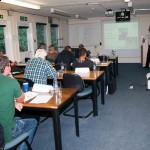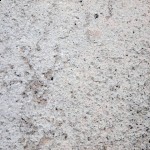Here in Yorkshire, we are well into the ‘condensation season’. That period from around late September to March, where the majority of clients asking for ‘damp’ inspections are really plagued by mould growth, caused by condensation. Of course, excessive condensation is a growing problem, especially now that the government has decided that heat loss is […]
Archives for 2010
Capillary active waterproofing? (for concrete).
Concrete is not generally waterproof. Pores and cracks within will let water through and the age old problem is how to stop it. Most methods involve sticking a layer of something other than concrete on one side of the slab/wall or another. Usually these are bitumen based, with little affinity for damp concrete. Applying them […]
Type A waterproofing to BS8102 – here’s how.
Well, before any waterproofing is done, there’s obviously a design stage, so strictly speaking I’ve jumped the gun here – going directly to the business of actually waterproofing the building. As with all materials used for type A waterproofing, the preparation is key to success. Skimp on the prep’ and the project will fail. This […]


